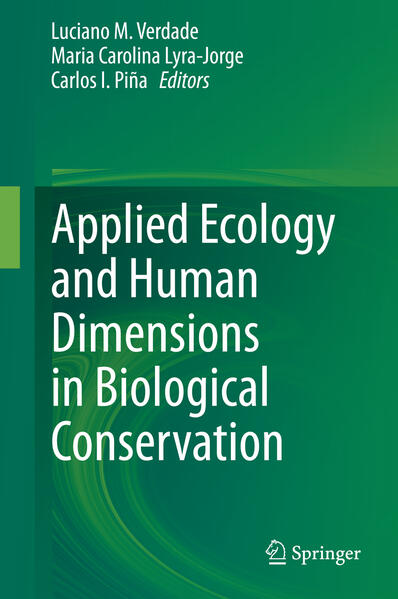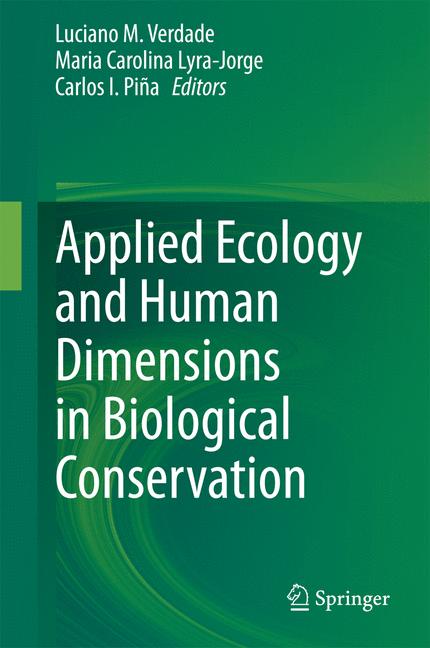
Inhaltsverzeichnis
Redirections in Conservation Biology. - Historical Ecology and the Explanation of Diversity: Amazonian Case Studies. - Phylogenetic Diversity and the Sustainable Use of Biodiversity. - Adaptation and Evolution in Changing Environments. - Biodiversity Loss and Infectious Diseases. - The Conservation Value of Agricultural Landscapes. - The Use of Molecular Tools in Ecological Studies of Mammalian Carnivores. - The Role of Abundance Estimates in Conservation Decision-Making. - Wildlife Surveys in Agricultural Landscapes: Terrestrial Medium- to Large-Sized Mammals. - Point Counts Method for Bird Surveys in Agroecosystems of the State of São Paulo, Southeastern Brazil. - The Use of Stable Isotopes Analyses in Wildlife Studies. - Multi-taxa Surveys: Integrating Ecosystem Processes and User Demands. - Who s in Conflict with whom? Human Dimensions of the Conflicts Involving Wildlife. - BIOTA/FAPESP The Biodiversity Virtual Institute: Translating Research on Biodiversity and Ecosystem Services into Policies in a Megadiverse Country.
Produktdetails
Entdecken Sie mehr
Pressestimmen
From the book reviews:
The 14-chapter, three-part volume provides convincing arguments about adding human aspects and governance questions to the topic of conservation and classic ecology worldwide. A strength is the study area focus on Brazil. Summing Up: Recommended. Upper-division undergraduates and above in conservation science. (F. Huettmann, Choice, Vol. 52 (6), February, 2015)Bewertungen
Es wurden noch keine Bewertungen abgegeben. Schreiben Sie die erste Bewertung zu "Applied Ecology and Human Dimensions in Biological Conservation" und helfen Sie damit anderen bei der Kaufentscheidung.










